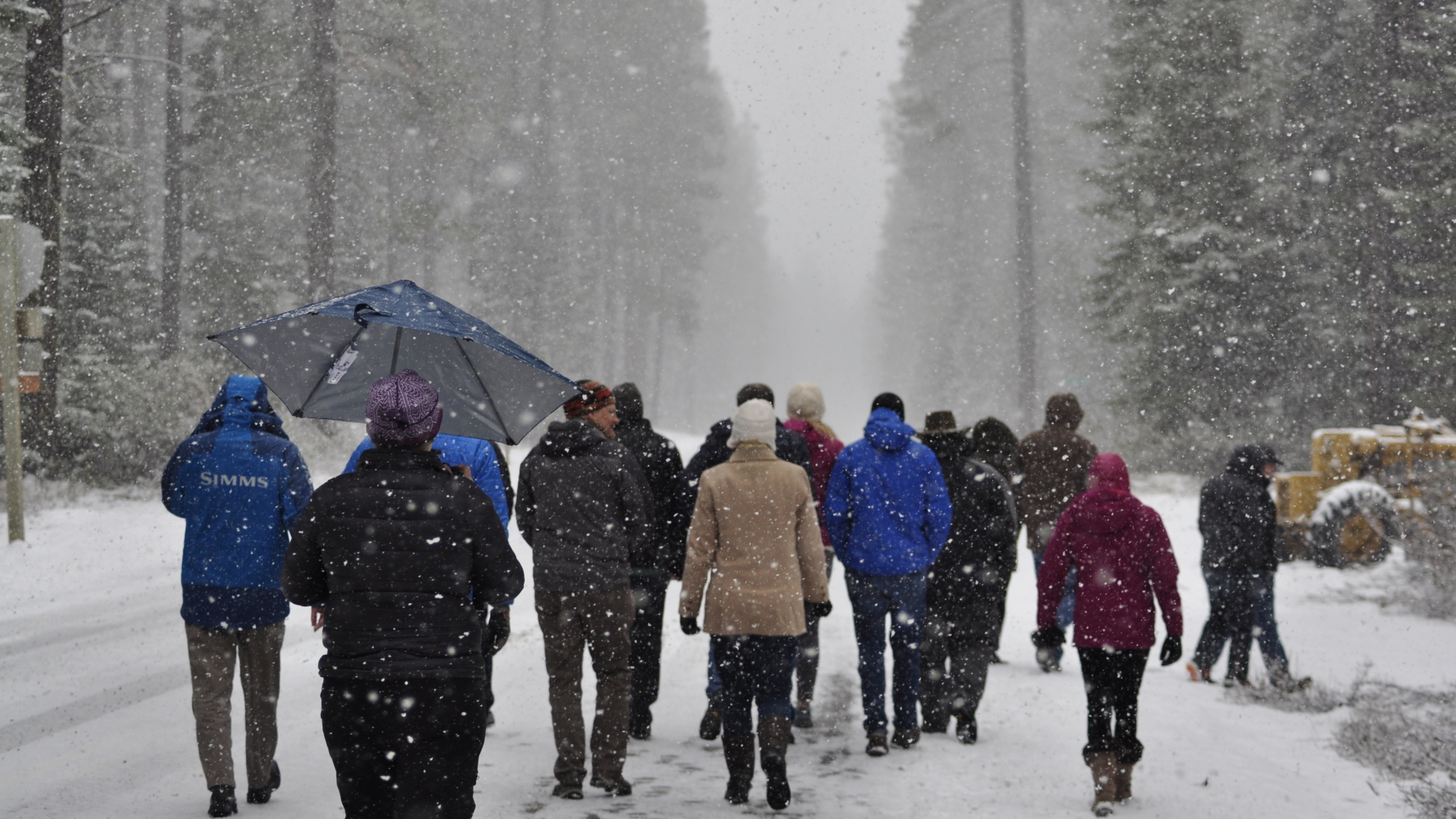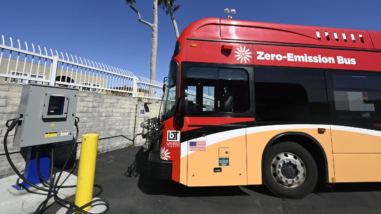Evaluation: The role of ‘re-granters’ in advancing a more inclusive and collaborative conservation movement

We contracted with expert evaluator Jennifer Henderson-Frakes in early 2020 to identify lessons learned about how our longstanding re-granters approach collaboration and equity and inclusion in their grantee portfolios and campaigns, and how they recruit and support grantees. As a starting point, the evaluation asked, “How are re-granters in the Western Conservation grantmaking strategy aligned with Hewlett’s guiding principles and values?” We were hoping that the process would uncover opportunities for greater efficiency and collaboration, generate ideas for supporting our re-granters and grantees’ work on diversity, equity, and inclusion, and inform the work of Hewlett and our re-granters as field-builders.
We deeply appreciate the time invested in this evaluation and the candid feedback shared by re-granters, grantees, fellow funders, and partners. Personally, I learned a great deal. My key takeaways from the evaluation include:
- Interviewees told Henderson-Frakes that re-granters play a broad range of value-added roles, including capacity-builder, coalition-builder, convener, and campaigner. Some focus on a specific geography and community, such as the Colorado Plateau Foundation’s focus on supporting Indigenous-led nonprofits in the four corners region; others focus on an issue area, such as Resources Legacy Fund’s Open Rivers Fund, which supports Tribes, landowners, and Western communities in removing derelict dams and culverts and restoring rivers to benefit nature and people.
- Re-granters respect and understand the niche role played by different grantees—i.e., acknowledging and supporting the ideologically diverse field of nonprofits that focus on conservation issues.
- Re-granters have varied approaches to collaboration with their own grantees. Alas, few now collaborate with each other.
- Grantees want to co-create conservation strategies with re-granters, but collaboration and relationship-building can be stymied by short-term grants with tactical deliverables.
- Several re-granters shared inspiring examples of learning with and from their grantees.
- Re-granters are in different places when it comes to diversity, equity, and inclusion; for some, it is at the core of their organizational ethos, for others, this is newer work. The result is an inconsistent, sometimes challenging experience for downstream nonprofits—including those that receive funds directly from Hewlett, which has undertaken new work to center racial equity in its grantmaking.



